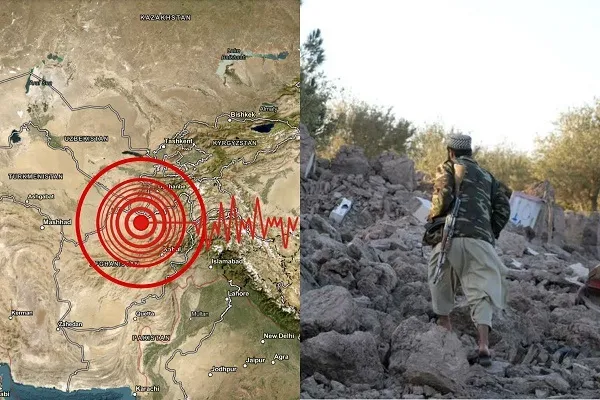There has been an explosion behind the Sun, what will be the result? NOAA scientists told

Scientists have observed a huge explosion in the back of the Sun. It may take a week to fully assess this eruption. But, a section of scientists is of the opinion that due to this the possibility of a geomagnetic storm hitting the earth cannot be ruled out. Because, in the blurry pictures of the explosion area so far seen by the Solar Dynamics Observatory, debris from the sun has also been seen flying. According to experts, the surface of the Sun, which has been calm for a few weeks, can become disturbed again due to this explosion. Its intensity is probably underestimated—space weather As the Sun nears the peak of its activity in its solar cycle, a massive explosion has occurred behind this star in our solar system’s northeastern part. Solar observatories have observed fragments and fragments of the explosion, which appear faint when viewed from Earth’s orbit. The eruption has been observed on July 31, and has been the longest recorded C9.3-class solar flare by Earth-orbiting satellites. However, according to Space Weather, which monitors solar activity, ‘its intensity is probably underestimated, because it was partially covered by the edge of the Sun. NASA’s Solar Dynamics Observatory (SDO) has seen heating debris flying from the site of the explosion.
More details likely this week Although the great eruption on the Sun was very powerful, experts have predicted that the Earth is not in the line of fire that flares up. By the way, scientists hope that in this week they will be able to see its active region. Space Weather said in its report, ‘Earth is not in the line of fire. The eruption is significant, as it could emerge later this week in an active region at the Sun’s northeastern edge. A new sunspot group could end its weeks of relatively calm. Meanwhile, the US-based National Oceanic and Atmospheric Administration (NOAA) estimates that a light G-1 class geomagnetic storm is likely to collide with Earth due to the explosion on the Sun. . The event is due to an explosion at a southern vent in the Sun’s atmosphere, which carried the solar wind and a high-speed stream of gaseous material toward the rest of the planets, including Earth. What happens with a geomagnetic storm? A geomagnetic storm is a natural phenomenon that causes large disturbances in the Earth’s magnetosphere. It occurs when the very effective energy that comes with the solar wind comes from the space environment around Earth. As the Sun’s 11-year cycle of activity intensifies, there is an increasing tendency for repeat events such as coronal mass ejections (CMEs) and solar flares (solar flares).
The Solar Ultraviolet Imager aboard the GOES-18 satellite has also captured the event of a major explosion on the Sun. This satellite was launched on 1 March itself. It also captured a coronal mass ejection (CME) in its lower right on July 10. “Depending on the size and trajectory of solar eruptions, near-Earth space and Earth’s magnetosphere can produce potential geomagnetic storms that can cause damage to electrical equipment and communications,” the National Oceanic and Atmospheric Administration said in a statement. and can obstruct the navigation system. These solar storms can cause radiation damage to orbiting satellites and the International Space Station.







